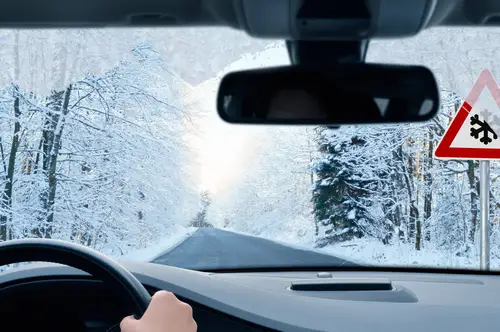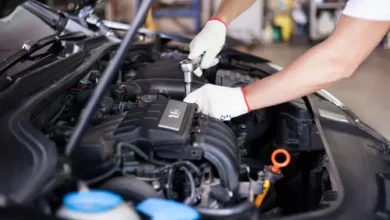Winter Driving Guide: Preparing Your Car For winter
Winter driving can be challenging and hazardous, with icy roads, reduced visibility, and unpredictable weather conditions posing risks for motorists. To ensure your safety and peace of mind on the road during the colder months, it’s essential to prepare your car with the help of a comprehensive Winter Driving Guide. In this Winter Driving Guide, we’ll explore essential tips and techniques for winterizing your vehicle, from preventive maintenance to emergency preparedness. This Winter Driving Guide will help you navigate safely through snow, ice, and freezing temperatures.
1. Check Your Tires
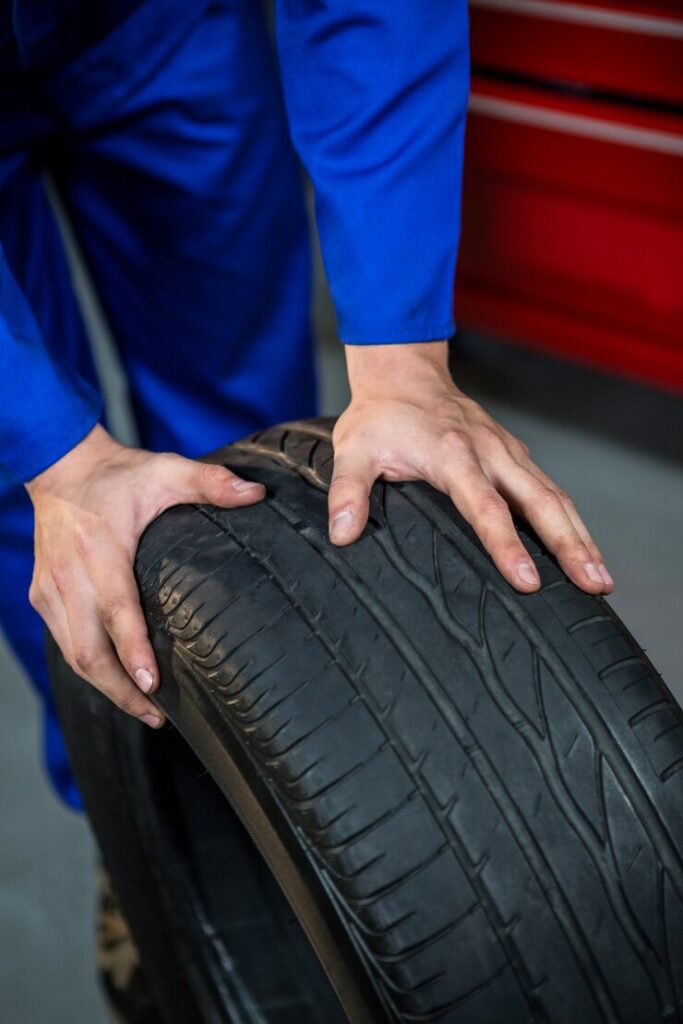
Tires are your car’s only point of contact with the road, making them crucial for maintaining traction and control in winter driving conditions. Start by inspecting your tires for signs of wear, damage, and proper inflation. Consider switching to winter tires or all-weather tires with deeper treads and a specialized rubber compound designed to improve grip and handling on snow and ice. Ensure that your tires are inflated to the manufacturer’s recommended pressure levels to optimize fuel efficiency and traction in cold weather. Additionally, consider carrying tire chains or traction devices in your car for added grip in extreme winter conditions.
2. Test Your Battery
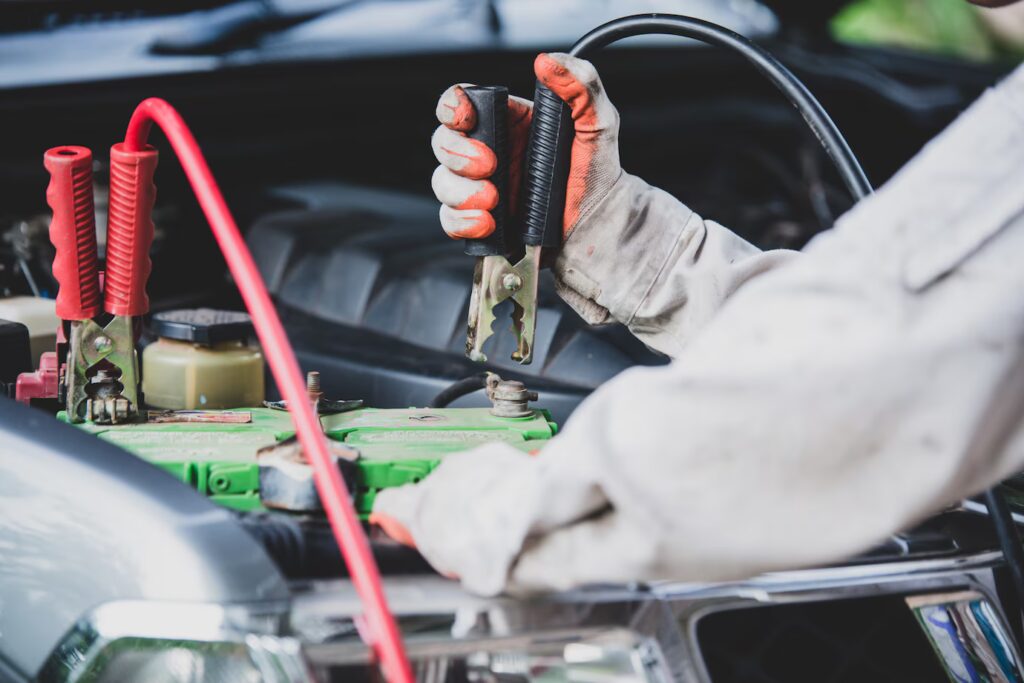
Cold weather can put additional strain on your car’s battery, reducing its effectiveness and potentially leading to starting problems or failure. Before winter sets in, have your battery tested by a professional to ensure it’s in good condition and capable of holding a charge in cold temperatures. Clean the battery terminals and cables to remove corrosion and ensure a strong electrical connection. Consider keeping jumper cables or a portable battery booster pack in your car in case of emergencies, allowing you to jump-start your vehicle or assist other motorists in need.
3. Check Fluid Levels
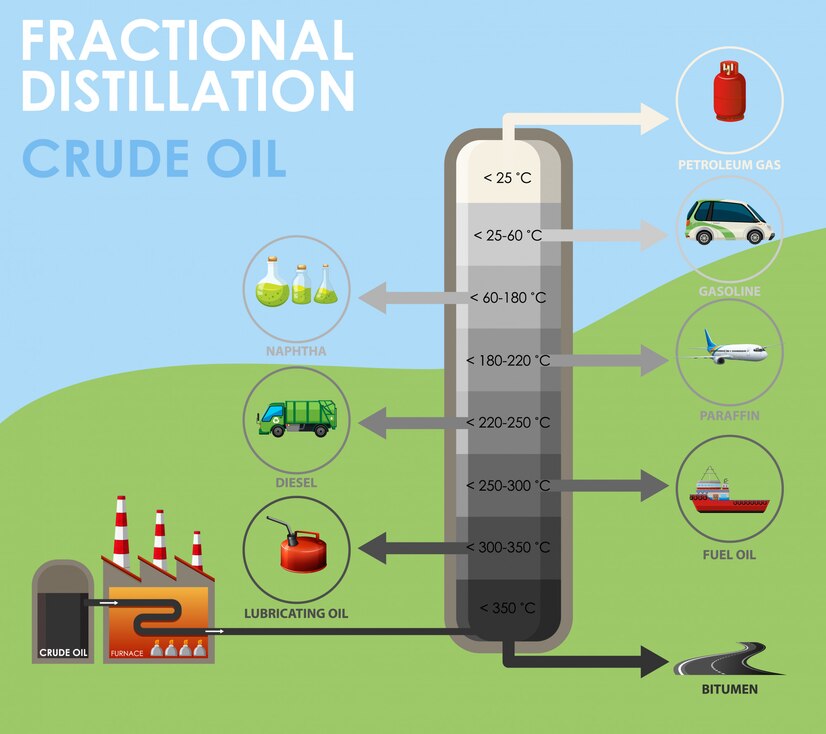
Fluids play a critical role in your car’s performance and reliability, especially in cold weather conditions. Check the levels of essential fluids such as engine oil, coolant, brake fluid, power steering fluid, and windshield washer fluid, topping them up as needed to maintain proper levels. Consider using winter-grade or cold-weather formulas for engine oil and coolant to prevent freezing and ensure optimal lubrication and cooling performance in low temperatures. Keep a spare bottle of each fluid in your car’s emergency kit for quick refills on the road.
4. Replace Wiper Blades and Fluid
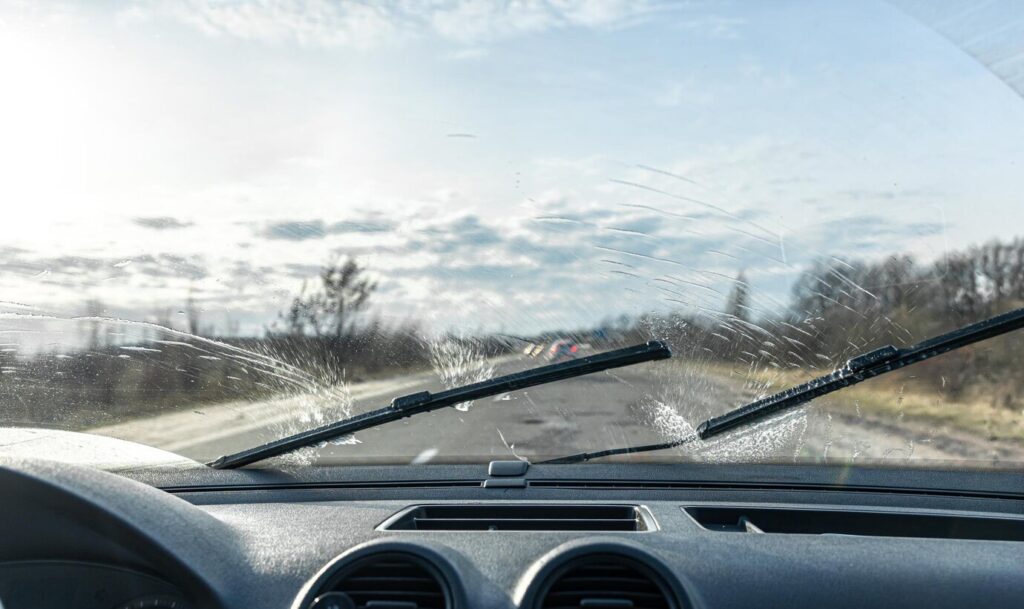
Visibility is essential for safe driving, particularly in winter weather conditions with snow, sleet, and freezing rain. Inspect your windshield wiper blades for signs of wear, cracking, or deterioration, and replace them if necessary to ensure clear and streak-free visibility. Consider upgrading to winter-specific wiper blades with reinforced rubber and a rugged design to withstand ice and snow buildup. Fill up your windshield washer fluid reservoir with a winter-grade solution that won’t freeze in cold temperatures, ensuring you can keep your windshield clean and clear while driving.
5. Inspect Lights and Signals

Proper lighting and signaling are essential for visibility and safety on the road, especially during winter months with shorter daylight hours and inclement weather. Inspect all exterior lights, including headlights, taillights, brake lights, turn signals, and hazard lights, to ensure they are functioning correctly and free of dirt, snow, or ice buildup. Clean and polish the light lenses to maximize brightness and clarity, and replace any burnt-out bulbs or damaged fixtures as needed. Carry spare bulbs and fuses in your car’s emergency kit for quick replacements on the go.
6. Prepare an Emergency Kit
In case of emergencies or unexpected delays on the road, it’s essential to have an emergency kit in your car stocked with essential supplies and equipment to keep you safe and comfortable. Some items to include in your winter emergency kit are:
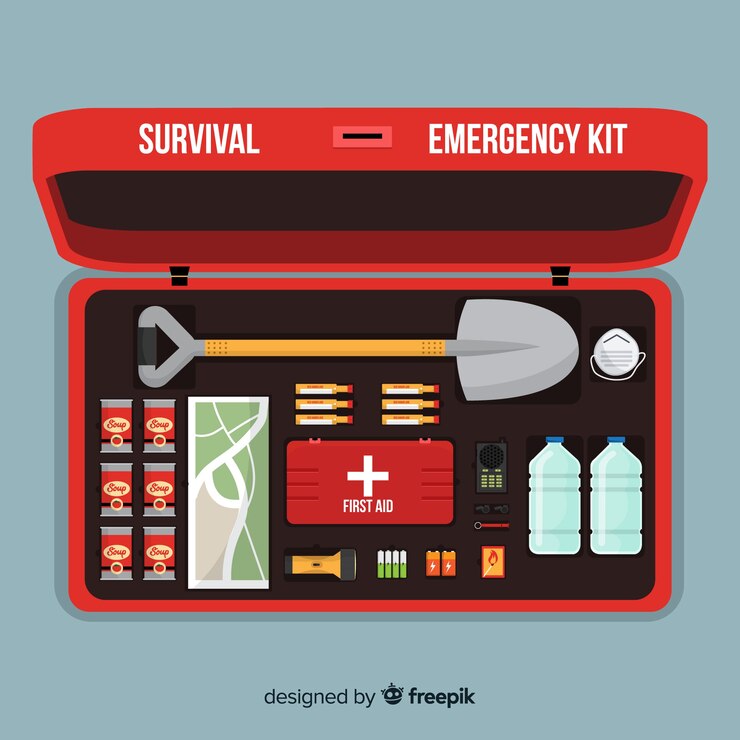
- Blankets or sleeping bags
- Extra warm clothing, gloves, and hats
- Non-perishable food and water
- Flashlight with extra batteries
- First aid kit
- Ice scraper and snow brush
- Shovel and traction aids (sand, kitty litter)
- Portable phone charger or power bank
- Reflective warning triangles or flares
- Roadside assistance contact information
7. Practice Safe Driving Habits
Winter driving requires extra caution and attention behind the wheel, as slippery roads and reduced visibility can increase the risk of accidents and collisions. Practice safe driving habits such as reducing your speed, increasing following distance, and avoiding sudden maneuvers or aggressive driving behavior. Brake gently and smoothly to avoid skidding or loss of control, and use caution when accelerating or cornering on icy or snow-covered roads. Stay alert and focused on the road ahead, avoiding distractions such as cell phones or other electronic devices. If road conditions become hazardous, consider delaying your trip or finding an alternate route to ensure your safety and well-being.
8. Plan Ahead for Trips
Before embarking on a winter road trip, take the time to plan your route and check weather and road conditions along your intended path. Use online resources such as weather apps, road condition websites, and traffic reports to stay informed about potential hazards or closures due to snow, ice, or accidents. Allow extra time for travel to account for slower speeds and potential delays, and inform someone of your travel plans and estimated arrival time. Consider packing a winter survival kit in your car and dressing in warm layers to stay comfortable in case of unexpected delays or breakdowns during your journey.
9. Monitor Weather Updates
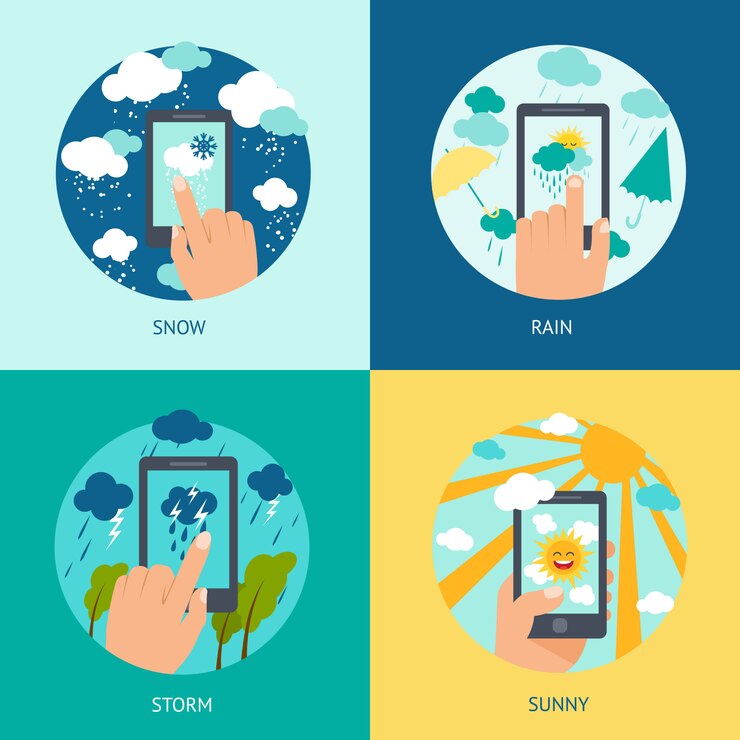
Stay informed about changing weather conditions and forecasts throughout the winter season, especially if you live in areas prone to snowstorms, blizzards, or extreme cold. Pay attention to weather alerts and advisories issued by local authorities, and adjust your travel plans accordingly to avoid hazardous driving conditions. If severe weather is forecasted, consider postponing non-essential travel or staying off the roads until conditions improve. Stay tuned to local news and radio stations for updates on road closures, accidents, and other traffic-related information that may affect your commute or travel plans.
10. Practice Vehicle Maintenance

Regular maintenance is key to keeping your car in top condition and minimizing the risk of breakdowns or mechanical failures, especially in winter weather conditions. Schedule routine maintenance tasks such as oil changes, tune-ups, and inspections at regular intervals to identify and address any potential issues before they escalate. Pay special attention to components such as the cooling system, ignition system, brakes, and electrical system, which may be more susceptible to cold weather-related problems. By keeping your car well-maintained and roadworthy, you can enjoy safer and more reliable driving throughout the winter months.
Conclusion
Preparing your car for winter driving conditions by using winter driving guide is essential for ensuring your safety and well-being on the road during the colder months. By following these tips and techniques for winterizing your vehicle, you can minimize the risk of accidents, breakdowns, and other winter-related hazards, allowing you to navigate confidently through snow, ice, and freezing temperatures. Remember to check your tires, test your battery, top up fluids, replace wiper blades, prepare an emergency kit, practice safe driving habits, plan ahead for trips, monitor weather updates, and maintain your vehicle regularly to stay safe and comfortable on the road this winter. With proper preparation and precautionary measures, you can enjoy a stress-free and enjoyable driving experience even in the harshest winter conditions.


